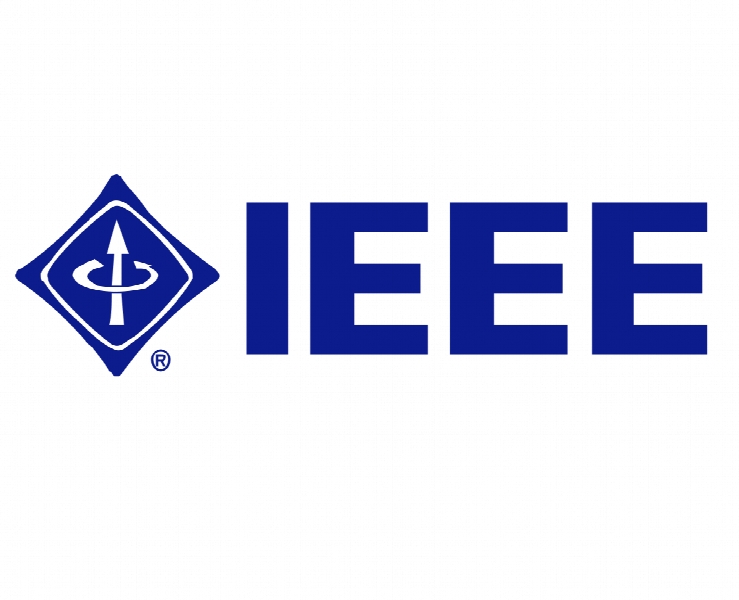طراحی مقاوم میرایی فعال با برآورد فعلی برای اینورترهای تک مرحله ای Grid-Tied Robust Design of Active Damping with Current Estimator for Single-Phase Grid-Tied Inverters
- نوع فایل : کتاب
- زبان : انگلیسی
- ناشر : IEEE
- چاپ و سال / کشور: 2018
توضیحات
رشته های مرتبط مهندسی برق
گرایش های مرتبط مهندسی الکترونیک
مجله معاملات IEEE در برنامه های صنعتی – IEEE Transactions on Industry Applications
دانشگاه Federal University of Technology – Parana
منتشر شده در نشریه IEEE
کلمات کلیدی انگلیسی Grid-tied inverters, Robustness, Active damping, Current estimator, Power Quality
گرایش های مرتبط مهندسی الکترونیک
مجله معاملات IEEE در برنامه های صنعتی – IEEE Transactions on Industry Applications
دانشگاه Federal University of Technology – Parana
منتشر شده در نشریه IEEE
کلمات کلیدی انگلیسی Grid-tied inverters, Robustness, Active damping, Current estimator, Power Quality
Description
I. INTRODUCTION In the recent years, the distributed generation has shown a significant growth, especially with photovoltaic (PV) systems and wind farms [1], [2]. This kind of generation has been applied to meet the increasing energy demand and to reduce the environmental impact of electric power generation based on fossil fuel [3], [4]. Distributed generation can be defined as the electric power generation within the distribution network or with the consumer [5]. This distributed generation systems are typically grid connected and can be a single-phase or threephase system depending on the application installed power. Low power (<10kW) generation units are becoming more and more applied and they are usually connected to the grid with a single-phase voltage-source inverter (VSI) at low voltage (110V to 220V) [3]. The grid-tied voltage-source inverter (VSI) has been widely adopted in distributed generation systems in a large power range applications [6]. This inverters (VSI) are typically connected with a low-pass filter to the grid in order to limit current harmonics which are caused by pulse width modulation (PWM) [6], [7]. Moreover, the transformerless grid-tied inverter with higher order low-pass filters have become ordinary because of costs and volume considerations [8]. Distributed generation systems can be connected at different grid points, including different types of local loads and different grid characteristics, as strong or weak impedances. Moreover, the regulations for grid connection have become increasingly restrictive. The standard IEEE 1547.2-2008 [9] places limits of amplitude for each harmonic component as well as a limit for the total harmonic distortion (THD). In order to attain the harmonic requirements, the current control loop can use the stationary frame proportional resonant (PR) controller with selective harmonic compensation (HC) [10]– [13]. Furthermore, a state of art technique to deal with grid frequency oscillations is to use the Second Order General Integrator (SOGI) Phase Locked Loop (PLL) with a Frequency Locked Loop (FLL) [10], [14]–[19]. The improvement of system stability is addressed by several recent works with active damping approaches [20]–[22], even with sensorless schemes [23]–[25]. In [26], the PR parameters are designed using direct pole placement but active damping is not considered. In [27], the design of PR gains is determined by the transient performance. However, no active damping is used and grid parameters variations are not considered. In [28], robust design of active damping is proposed but it deals only with PI controllers in synchronous frame. The design of a stationary frame PR with harmonic compensation (HC) and active damping considering grid parameters variation is lacking in the literature and would be of interest for grid-tied inverters operating at a wide range of grid parameters. Moreover, several sensorless active damping methods have been proposed in the literature, but most of them call for complex methods for grid parameters estimation, such the resonance frequency can be found and attenuated. Other works call for observer techniques, as in [29]. In this case the robustness of the active damping with a Luenberger observer is analyzed at several resonance frequencies. The authors show that the observer reduces system robustness due to grid inductance variations, especially at high resonance frequencies, as in strong grids.


